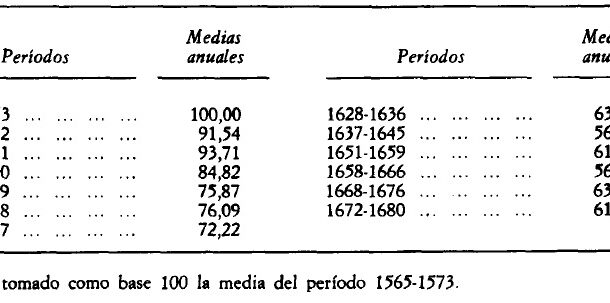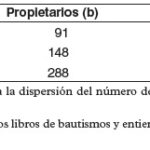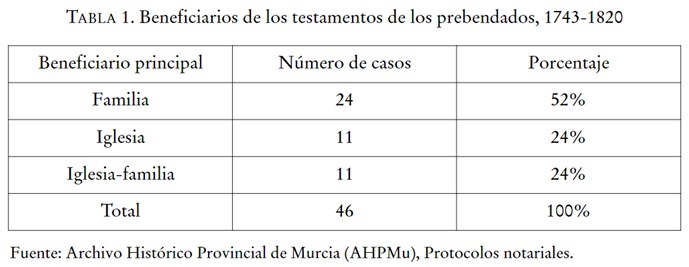
At the end of the seventeenth century, the island of Cuba underwent a series of institutional transformations that resulted in a reformulation of the colonial pact between the local elites and the crown. This series of changes affected the structure of property ownership, agricultural production and the growth and composition of the population, making the island the world’s leading colonial sugar producer. Until the 17th century, the weight of the sugar economy in the province was minimal. The jurisdiction had five mills in 1778 and eight in 1792, producing 1.5% of the island’s total sugar. The migration calculation, through the registration data, shows a very low immigration of slaves. The reasons for this are that the expansion of the agricultural frontier took place from Havana towards Matanzas, which means that, if there was immigration, it should have taken place in this direction, and that the mobility of the slave depended on his owner, so it is expected that the slave population remained in Matanzas with their masters at the time of the sugar expansion. The evolution of the average size shows in the periods 1760-1769 and 1790-1799 the possibilities for an increase in the size of the farms. Compared to the period 1780-1789, this shows a significant drop in dispersion. The slave population of 1763-1764 served to supply the labour needs of the existing landowners, allowing the farms to increase in size. This dispersion shows how owners of the stature of Jerónimo Contreras and the Marquis of Justis de Santa Anna baptised 170 and 82 slaves respectively, coinciding with the turn to sugar by these two great families. In this sense, the proliferation in the number of owners was much faster than the births and imports of slaves. The intensity of this boom not only fuelled the farms, but also served to increase their size by the end of the period.
Collection: Statistics
Project: 3. Rural world and urban world in the formation of the European identity., 4. Family, daily life and social inequality in Europe., 7. Persecuted by justice and powers: rebels, political dissidents and criminals in the history of Europe.
Chronology: XVII, XVIII, XIX
Scope: Secondary Education, Baccalaureate, University
Link: https://www.historiaagraria.com/FILE/articulos/RHA76_WEB_urrego_mesa.pdf
Resource type: Statistics
Format: Table
Source: Urrego Mesa, Alexander, «Cambio institucional y sociedad esclavista: la intensificación del mercado de trabajo esclavo en Matanzas (Cuba), 1755–1810», Historia Agraria, 80 (2018), pp. 49–84.
Language: Spanish
Date: 2018
Owner: Álvaro Romero González (Modernalia)
Copyright: © Alexander Urrego Mesa © Revista de Historia Agraria
Abstract: Number of slaves baptised in Matanzas, Cuba, by their owners
Image
Tags







